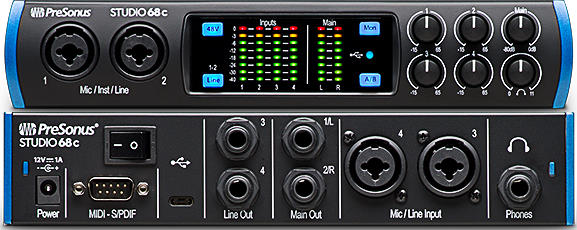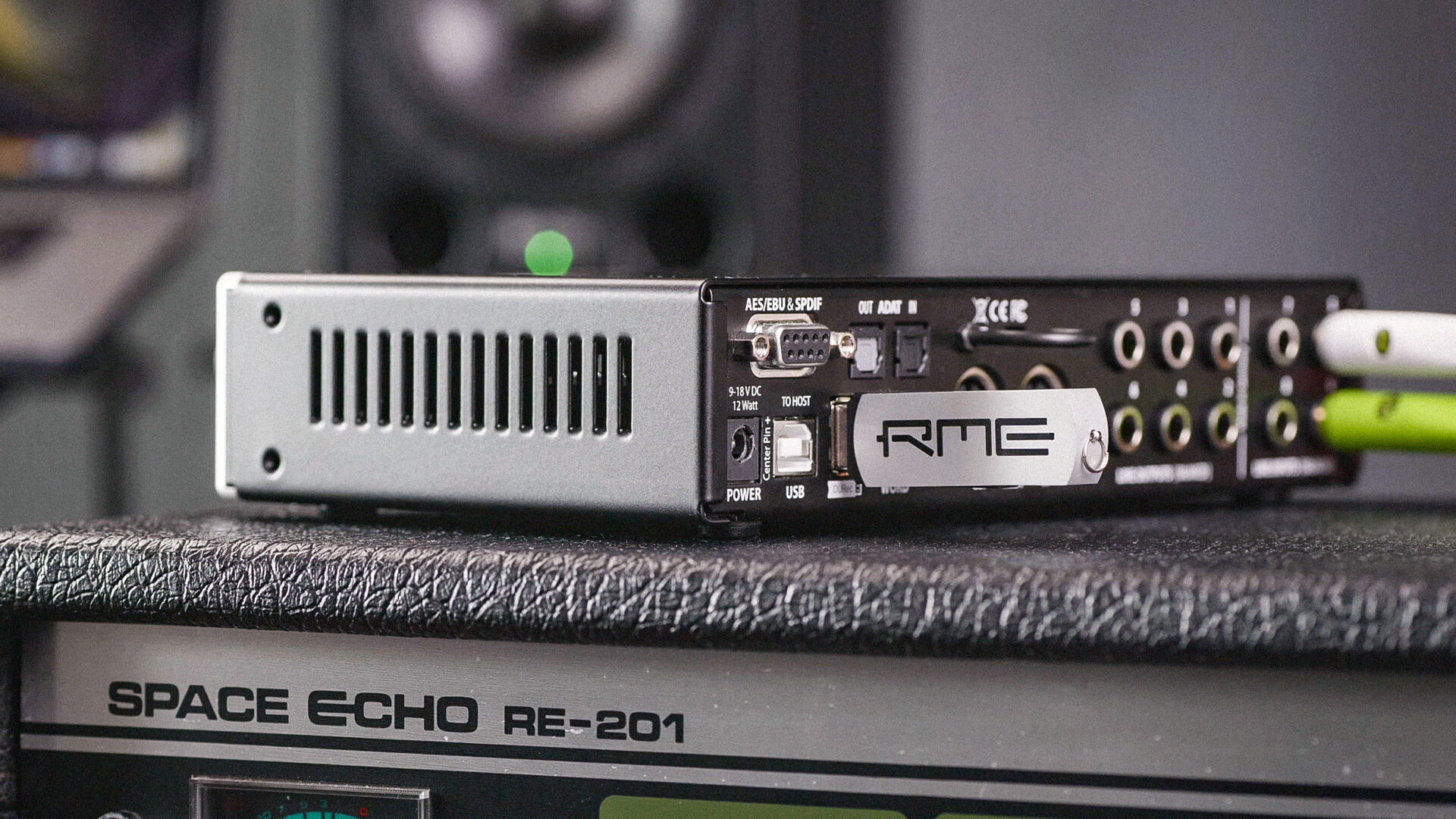
Again, to play this file type on both macOS and Windows, you can use a versatile M4A player such as Elmedia - it can open an extensive range of files.

This means you can choose from several different audio codecs depending on your needs.įor example, if you use the ALAC audio codec for M4A, it will preserve all of the detail, while still keeping file sizes smaller. M4A, another popular Apple file type, is usually coded with AAC, making it a lossy format. So, if you wish to play WMA on Mac, you need an all-around good player which supports the WMA file type. It is not so widely supported compared to MP3. Still, AAC actually offers better quality than MP3 at the same bitrate.

Advanced Audio Coding (AAC) is an audio coding standard for lossy digital audio compression. It is definitely the most well-supported format, however, it provides lower sound quality than the lossless FLAC and ALAC above. Apple made the switch to using only USB-C inputs for all 2018 Macbook Air models. The 2017 Macbook Air 13-inch was the last of its kind to feature all of the ports you need built right in. Of course, if you wish to play FLAC on Mac, there’s certainly a way - apps such as the Elmedia Player can do just that. 2017 Macbook Air 13-inch 1.8GHz i5 Mqd32ll/a. The only difference comes in terms of device compatibility: ALAC is an Apple-specific format which can be played by iTunes.

These two formats are pretty much equal in terms of sound quality. FLAC, ALAC, AAC, M4A, WMA: What’s the Difference?įLAC (Free Lossless Audio Codec) and ALAC (Apple Lossless Audio Codec) are lossless formats, designed for high fidelity sound.


 0 kommentar(er)
0 kommentar(er)
